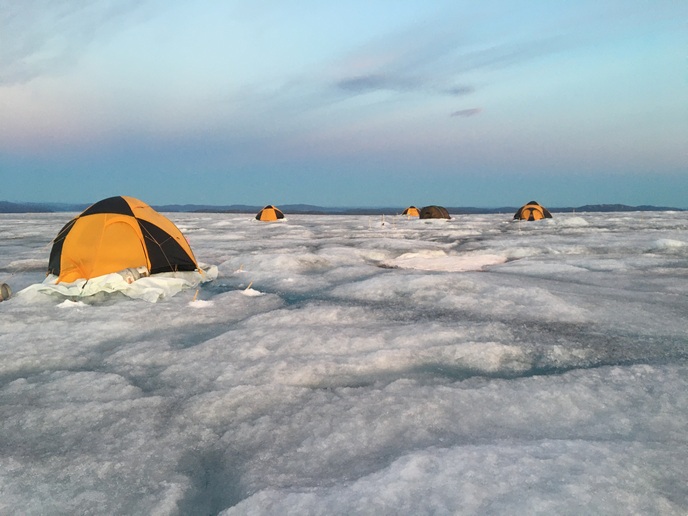How retreating glaciers spawn new ecosystems
As the world’s glaciers retreat in the face of climate change, biological organisms are colonising newly available soils. Scientists have many questions about these communities, from how they form and how they function, to whether or not they will survive. These have so far remained unanswered, partly due to a lack of comprehensive studies around the world. Often these communities are very complex, making them difficult to identify, and previous techniques were slow and laborious. The recent development of environmental DNA (eDNA) is now rapidly accelerating the ability to analyse microbial life. In the IceCommunities project, which was funded by the European Research Council(opens in new window), researchers harnessed eDNA and other innovative techniques to improve our understanding of the evolution of such ecosystems in lands recently exposed by retreating ice. “Running IceCommunities was challenging but also very exciting,” says Francesco Ficetola(opens in new window), professor of Animal Biology at the University of Milan. “We performed fieldwork in very hard environments, such as the Svalbard Islands not far from the North Pole, the Himalaya mountains and the Andes.”
Global fieldwork in glacial forelands
The IceCommunities team used eDNA metabarcoding, a technique able to identify multiple species from one environmental sample. The researchers headed out to glacier forelands in several mountain areas around the world to collect environmental samples. They aimed to identify species of bacteria, fungi, plants and invertebrates living in the soils to assess the differences and similarities in ecosystem composition and function. Following collection, they carried out molecular biology work in the lab.
Understanding new biotic communities
The project analysis brought a new understanding of how multiple components of biodiversity interact when communities develop. “We identified strong interplays between plants and microorganisms, between plants and animals and between plants and soil development,” adds Ficetola. The team also discovered that the rate of development of these novel communities wasn’t uniform around the world, as ecosystem development is faster in forelands with mild summer temperatures. “Colder forelands initially host poor communities, but the colonisation rate then accelerates, eventually levelling biodiversity differences between climatic regimes after 150 years,” explains Ficetola. “The effects of local climate on biotic colonisation led to heterogeneous but predictable patterns around the world, likely affecting soil evolutions, which are vital for the development of ecosystems.”
Digging into plant ecosystem development
One major outcome from the project was a complete analysis of interactions between mycorrhizal fungi and plants, published in the peer-reviewed journal ‘New Phytologist’(opens in new window). This showed a complex interplay between symbiotic fungi, plant communities and ecosystem development. “Some of these fungi are helped by plant communities, and then accelerate the colonisation by further plant species,” notes Ficetola. “Such feedback is extremely important for the development of the whole community.” Ongoing global changes such as the reduction in snow cover and other modifications of microclimates are expected to impact the diversity of these mycorrhizal partners, however, which could alter the complex web of interactions between organisms and have impacts on soil development and associated ecological processes. Though the project is over, the team is still continuing with data analysis, in particular completing the reconstruction of dynamic food webs found in the soils. “For the future, we would like to scale up our results, using them to develop broad-scale, spatially explicit scenarios of the ecosystems developing in these environments,” says Ficetola.







